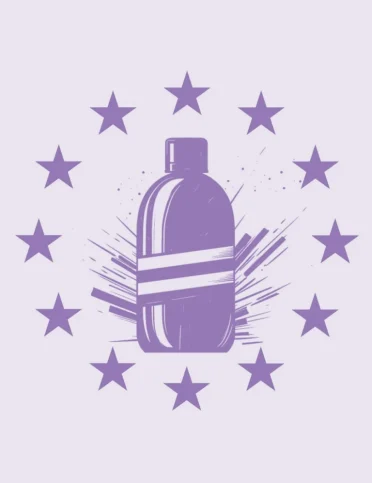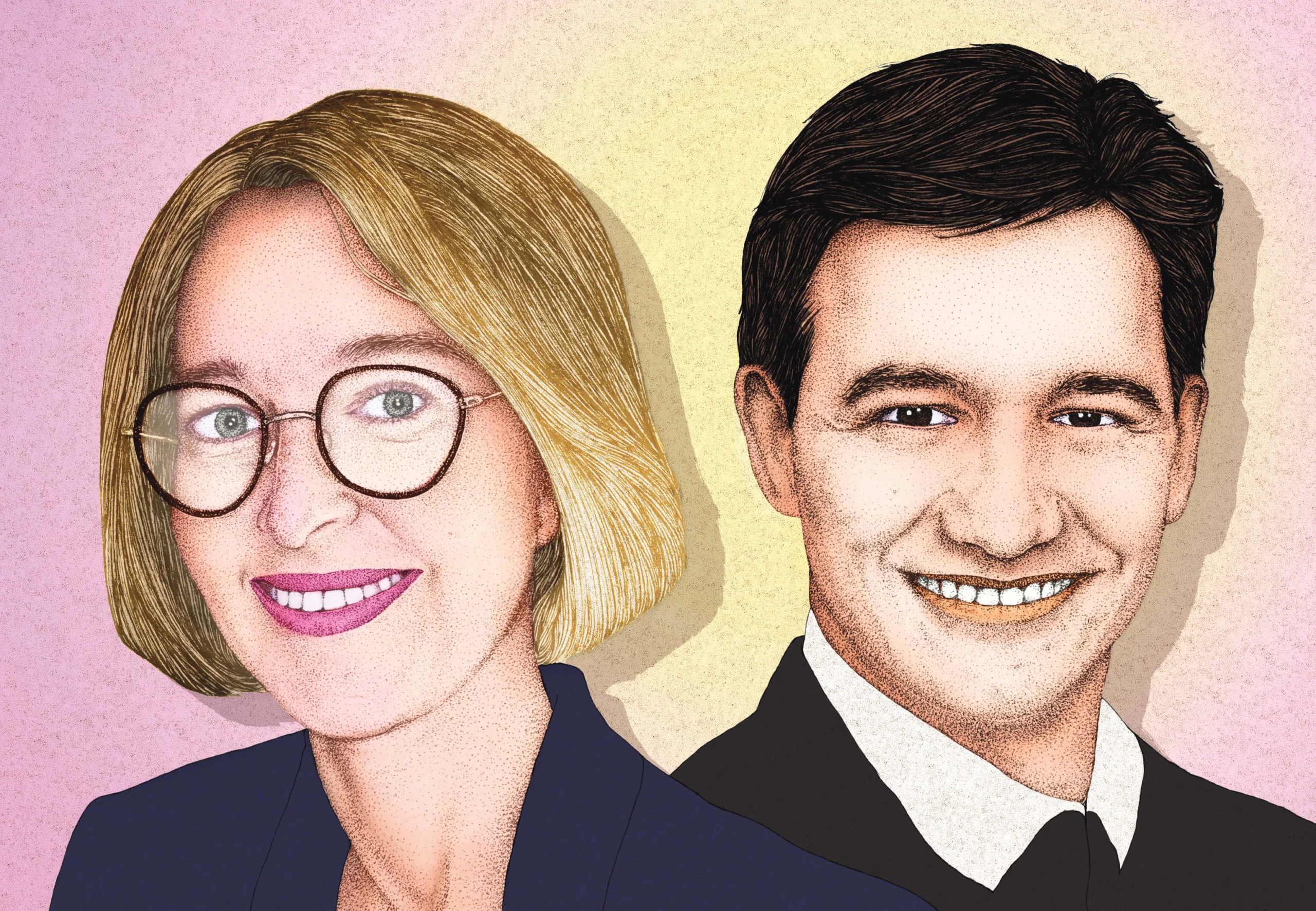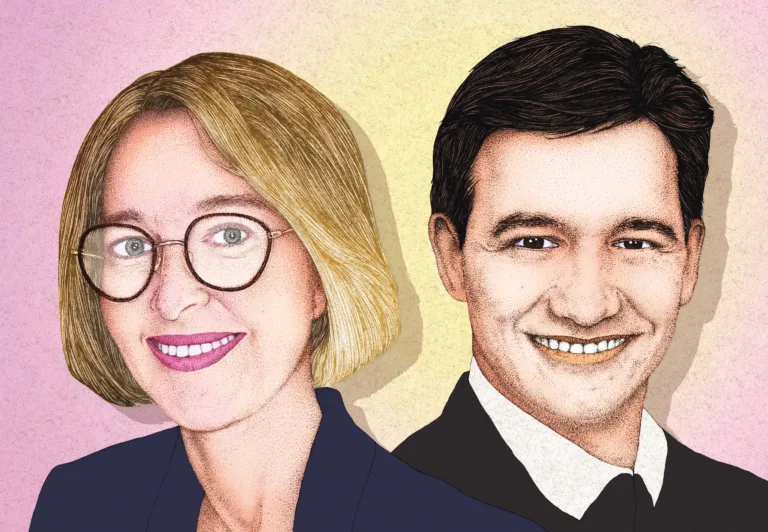Responsible Packaging
100% recycled packaging, end of single-use plastic… Packaging manufacturers have a lot to do to change their practices in the light of upcoming regulations. But what role do they really have? Can they impose a model of design and use? Answers from Sébastien Jacques, public affairs manager for Elipso, the professional association representing plastic packaging manufacturers, and Gaëelle Pantin-Sohier, university professor in management sciences at IAE Angers-University of Angers and specialist in the acceptability of innovation in the food sector.
"The Consumer Must Find his Advantage"
Sébastien Jacques. Before talking about the regulations strictly speaking, it must be said that what is interesting with our industry is that it is constantly innovating and that it is constantly in contact with its customers to meet their needs. It has been a few years since it internalized environmental issues. It is fully aware of the issue of pollution and the need to have the least possible impact on the environment, whether by limiting resource requirements or moving toward circularity (recycling or reuse) of the packaging. The regulatory objectives go in this direction and they are extremely strong. In France, for example, the national ‘3R’ strategy aims in particular to reduce packaging by 20% and achieve a recycling rate of 100% by 2025. For our sector, this is not necessarily a surprise because we are already going in this direction. For some packaging such as plastic bottles, the thickness has been reduced by almost 60% in ten years.
Gaëlle Pantin-Sohier. There are indeed strong expectations on the part of consumers, particularly with regard to eliminating over-packaging and anything that seems unnecessary. In some sectors, such as perfumery, we wonder why we still buy a bottle when it can last an extremely long time. Thierry Mugler was a forerunner by proposing refills for perfume in the 1990s. In the food sector, bringing your own containers is a little more complicated, but the individual packaging (for biscuits and sweets for example) and the double packaging that protects certain products (such as cereals wrapped in plastic and then in a cardboard box), is largely rejected by the general public. We also observe new behaviors that emerge spontaneously, such as bringing paper bags back to the markets, which are generally reusable.
For some packaging such as plastic bottles, the thickness has been reduced by almost 60% in ten years.
Sébastien Jacques. They pose quite significant design and logistical challenges. To have 100% recycled, you have to make 100% recyclable packaging. We therefore call for reducing the number of resins used in packaging to facilitate recycling, which today only reaches 30% for plastic packaging. There is of course a logistical issue around the collection of this waste that can be improved, but it must be kept in mind that each type of plastic requires a different recycling chain. As such, in France as in other countries, certain government measures are quite contradictory, in particular the development of recycling on the one hand and the end of single-use plastic packaging envisaged by 2040 on the other. So, should we invest in recycling plants, in skills and in new recycling technologies, when everything will finally stop in 18 years? For packaging manufacturers, it is very complicated. For my part, I am convinced that ecology and economy must go hand in hand, just as manufacturers and consumers have common interests.
Gaëlle Pantin-Sohier. From a consumer point of view, it seems completely incoherent to have packaging that has fewer frills but costs the same price. A number of brands, particularly in the shower gel sector, are working to reduce the thickness of the bottles as much as possible, which not only has an impact on the recycling of products as such but also on logistics (such as if the packaging is lighter, it costs less in energy). This has even more impact when the brand explains the environmental impact of changing the packaging, for example in terms of carbon footprint. Changing your habits is always a constraint. The consumer must always see an advantage to it. It can also be a longer-term benefit, thinking that it helps preserve the environment. The whole thing is to facilitate this change for the environment. I think there is also progress to be made depending on the geographical areas, such as encouraging composting–and compostable plastic packaging–more in rural areas than in city centers.
Certain radical measures are nevertheless necessary, otherwise habits will not change.
Gaëlle Pantin-Sohier. For waste sorting, financial incentives (such as the incentive fee on garbage cans, calculated according to the volume of unsorted waste) can be quite effective. One could also imagine benefits for those who use a compost bin. Certain radical measures are nevertheless necessary, otherwise habits will not change. The best example is undoubtedly the elimination of plastic bags in supermarkets: everyone said that it would be impossible but we saw that solutions were immediately considered. However, we observe a small drift in relation to this, with cotton tote bags which have multiplied: instead of reusing them several times, we accumulate them and this is not necessarily very beneficial for the planet…
Sébastien Jacques. In my opinion, consumer information is an extremely important lever for changing behavior. In France, the Agec2 law sets an ambitious framework at this level: the packaging of products covered by EPR [extended producer responsibility, including household packaging, editor’s note] must specify the content of recycled materials, the reusable nature, the durability… At the same time, everyone must ask themselves the question of our uses. There is a paradigm shift in realizing that everything I consume is a resource. Even glass is not a magic answer: it’s very heavy, it breaks, the manufacturing process is very energy intensive… On the manufacturer’s side, each time you have to consider the type of packaging, and the most relevant both to the product and at the regulatory level.
There is a paradigm shift in realizing that everything I consume is a resource.
Sébastien Jacques. We are already trying, as a first step, to ensure that the legislation is harmonized at European level because the more solutions are pooled, the better it works. If each country sorts its waste differently, we do not find the solution. But it is indeed necessary to acquire international tools at the same time. We should be able to share solutions that exist in France, such as EPR. A large number of countries are still very far from it but we have to go there because it means that the marketer pays in part for the end of life of the waste, and ultimately the citizen too. There is hope: in early 2022, the UN passed a landmark resolution to end plastic pollution and craft a legally binding international agreement by 2024.

Gäelle Pantin-Sohier
University Professor in Management Sciences at the IAE Angers-University of Angers and specialist in the acceptability of innovation in the food sector.

Sébastien Jacques
Public affairs Manager of Elipso, the professional association representing plastic packaging manufacturers.
Responsible packaging
Responsible packaging










